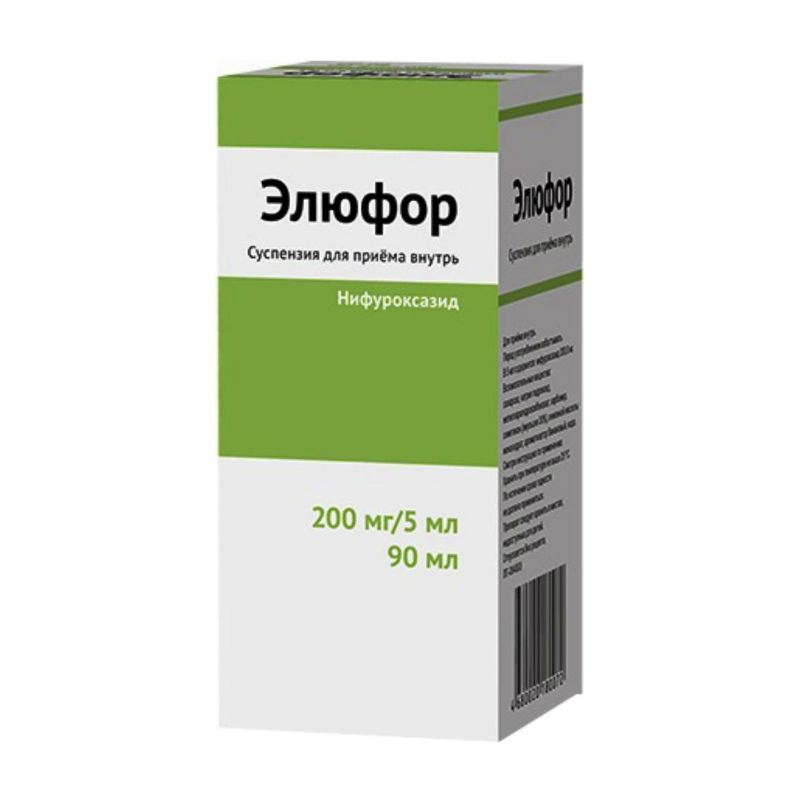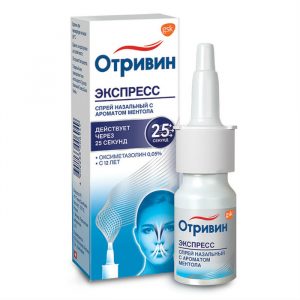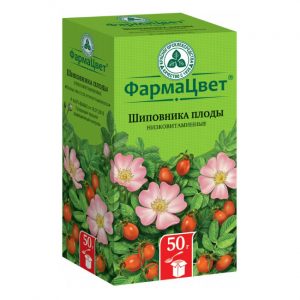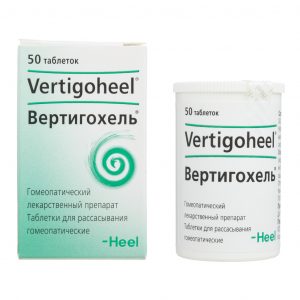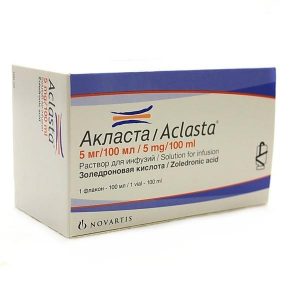Description
Pharmacological action
Broad-spectrum antimicrobial agent derived from 5-nitrofuran.
It is assumed that the antimicrobial activity of nifuroxazide is caused by the presence of a NO2 group in its composition, which causes inhibition of dehydrogenase activity and disrupts protein synthesis in pathogenic bacteria.
Active against gram-positive microorganisms (Streptococcus aureus, Staphylococcus pyogenes, Clostridium), gram-negative enterobacteria (Escherihia coli, Salmonella spp., Shigella spp., Klebsiella spp., Enterobacter spp., Viberibero chole )
Nifuroxazide has no effect on the saprophytic flora, does not upset the balance of the normal intestinal flora. In acute bacterial diarrhea, intestinal eubiosis is restored. When infected with enterotropic viruses, it prevents the development of bacterial superinfection.
Pharmacokinetics
After oral administration, nifuroxazide is practically not absorbed from the digestive tract, and exerts its antibacterial effect exclusively in the intestinal lumen. It is completely excreted through the gastrointestinal tract. The elimination rate depends on both the dose of the drug and the motility of the intestinal tract.
Indications
Diarrhea of bacterial origin
Chronic gastrointestinal lesions of bacterial etiology, accompanied by dyspeptic phenomena.
Contraindications
Hypersensitivity to nitrofuran derivatives or other components of the
preparation Fructose intolerance
Glucose galactose malabsorption syndrome, insufficiency of sucrose and isomaltase
Neonatal period (up to 1 month), prematurity.
Special instructions
When treating diarrhea concomitantly with nifuroxazide therapy, rehydration therapy (oral or intravenous) must be carried out in accordance with the patient’s condition and the intensity of diarrhea.
The use of alcohol during nifuroxazide therapy is prohibited.
Before prescribing a suspension in infants, it is necessary to exclude their congenital deficiency of enzymes that break down sucrose.
Effect on the ability to drive vehicles and work with mechanisms
The drug does not affect psychomotor activity and the ability to drive vehicles and work with mechanisms.
Composition of
5 ml of suspension contain: Active ingredient: nifuroxazide 200.0 mg
Excipients: sucrose 1000.0 mg, sodium hydroxide 2.0 mg, methyl parahydroxybenzoate 5.0 mg, ethanol 96% 0.05 ml, carbomer 10 , 5 mg, citric acid 0.75 mg, banana flavor 10.00 mg, water up to 5.0 ml
Dosage and administration
Applied orally.
For dosing, use a 5 ml dosing spoon with a graduation of 2.5 ml.
Shake well before use.
Children 1-6 months: 2, 5 ml 2-3 times a day (with an interval of 8 to 12 hours).
Children from 7 months to 2 years: 2.5 ml 4 times a day (with an interval of 8 hours).
Children from 3 to 7 years: 5 ml 3 times a day (with an interval of 8 hours).
Children older than 7 years and adults: 5 ml 3-4 times a day (with an interval of 6-8 hours). Nifuroxazide therapy should not last more than 7 days.
Side effects
Allergic reactions, nausea, vomiting.
Overdose
The drug is not absorbed from the gastrointestinal tract and does not enter the systemic circulation. Symptoms of an overdose are not known. If the dose is exceeded, gastric lavage and symptomatic treatment are recommended.
Storage conditions
At a temperature of 15 ° to 30 ° C.
Keep out of the reach of children.
An opened bottle should be stored for no more than 7 days.
Expiration date
3 years
Do not use after the expiration date.
Terms and conditions
without prescription
dosage form
suspension for
